Could you first introduce yourself to the reader?
Hello, I am Pawlet Brookes the CEO, Artistic Director and Founder of Serendipity Institute for Black Arts and Heritage. Based in Leicester, we run projects throughout the year working across the region, nationally, and internationally.
What does your job involve? Give us the typical outline of a day?
The truth is, there is not a typical day! My role is very varied. One day I might be giving a presentation at a conference on our heritage project, Unearthed: Forgotten Histories, another day I might be editing a paper of dance technique and practise for one of our publications, or I might be in the rehearsal studio with a dancer. This year we have commissioned six new performances for the festival, so I have been fortunate to spend a lot of time in the studio seeing the works come into fruition.
What’s great about your job?
I think the real joy and privilege is the people that I work with. Especially at events such as Let’s Dance International Frontiers, seeing new collaborations and friendships formed. Seeing the dance pieces that choreographers have tailored and fine tuned over a period of time finally seeing the light of day and being enjoyed. Even the challenging works that explore issues can be a source of reconciliation for oneself and our community. Then there are just so many moments of joy.
What are the bits you don’t like or find challenging?
There are challenges that we face every day. The reality is that racism and sexism are still very real and very present in our lives, this has impacted the perception of our work, funding and sometimes just the language and behaviour of people for no reason. I have a predominately Black and predominantly female team. There are a lot of the challenges I have faced myself – that I still face – and I have to coach my team and artists through them too. I hope our work as an organisation has helped to change things for the better, but the reality is that these issues are still there.
What should people expect from Let’s Dance International Frontiers this year?
This year for Let’s Dance International Frontiers 2023, we have a fantastic lineup of artists exploring the theme Uncovering the Dance Within: Origins and Authenticity. We launch with a new commission, Dance Inside the Music, which explores Black British voices of jazz and hoofing (the more grounded and rhythmic style of tap). It has been a real pleasure working with Soweto Kinch, Lee Payne, Freddy Houndekindo and Annette Walker on this performance and the audience will have a real treat in store.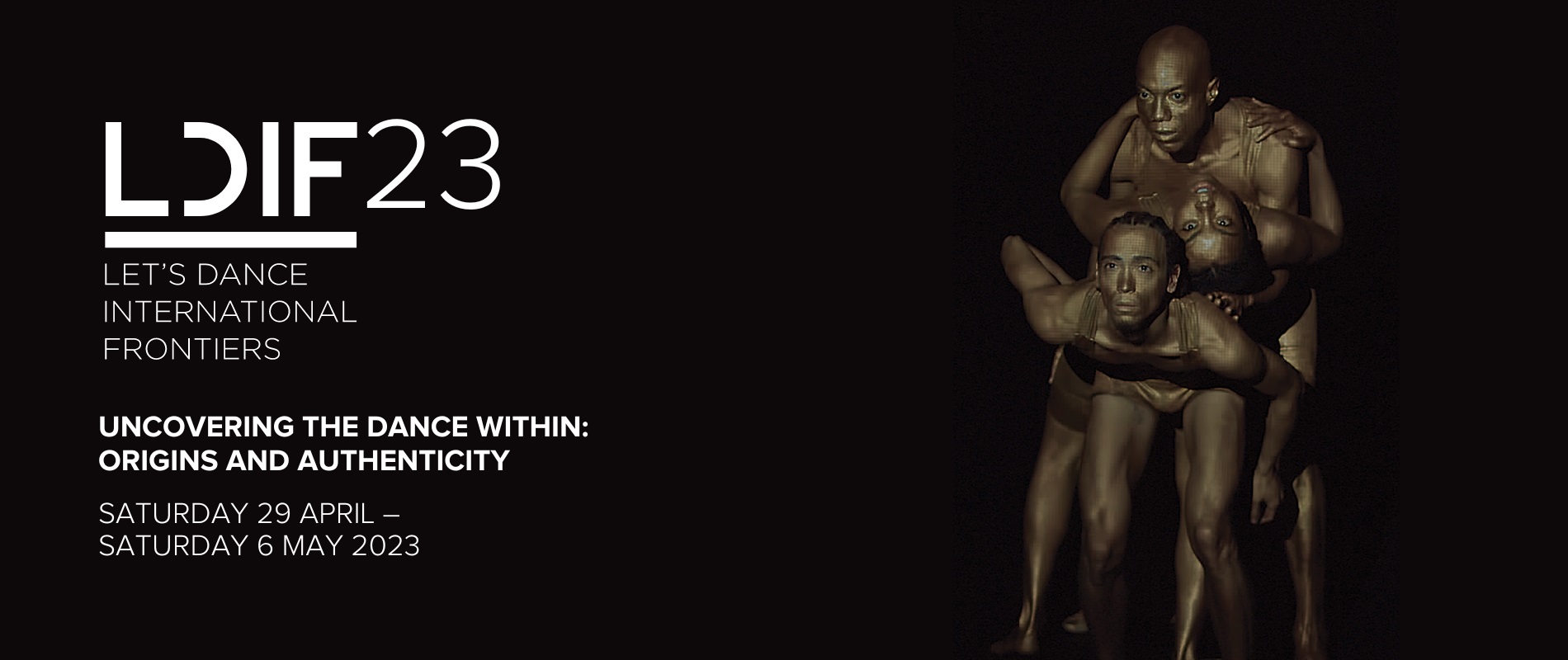 We also have an amazing company, Shamel Pitts | TRIBE who will be sharing the UK premiere of their work BLACK HOLE – Trilogy and Triathlon. I was lucky to see this piece in New York at a sold-out performance. The audience were on the edge of their seats for the whole hour, you enter the black hole, your attention is held completely by the three dancers. I do not want to spoil it too much as it really needs to be witnessed to be understood, but the piece for me really encapsulated so much about the Black lived experience alongside being just so visually stunning.
We also have an amazing company, Shamel Pitts | TRIBE who will be sharing the UK premiere of their work BLACK HOLE – Trilogy and Triathlon. I was lucky to see this piece in New York at a sold-out performance. The audience were on the edge of their seats for the whole hour, you enter the black hole, your attention is held completely by the three dancers. I do not want to spoil it too much as it really needs to be witnessed to be understood, but the piece for me really encapsulated so much about the Black lived experience alongside being just so visually stunning.
A lot of your work focused on Black arts and experiences. Why is this work so important, and how do you think the societal conversation is evolving? And are the changes you’ve seen more net positive or net negative?
I think that for Serendipity at least, we are really trying to paint a picture of the richness of what it means to be Black. For example, recently we have been doing a lot of work about the Latin American community, who despite being one of the fastest growing in the UK are often rendered invisible. There is a shared geography within the Caribbean, a shared history and lived experience. We have also recently started documenting the shifting landscapes of Black communities in the Midlands. Later this year we will be shining a spotlight on African presence with a new project in partnership with Dr Christopher Roy Zembe, Unspoken: African Dialogues.
I think Black arts and experiences are getting more attention and more recognition. But I think what is really important is that artists and practitioners are able to be in spaces where there is a consideration of the gaze, that moves beyond tokenism and considered leadership at all levels.
You are highly regarded as someone who nurtures new talent. Why do you think that work is important to you, and how do you approach it?
It is so important to build up the people around you. Especially artists. I don’t think you can just sit back and assume that because someone is respected and has success that they do not face some of the same challenges and barriers or lack of opportunity. It is essential that we continue to support each generation of artists, we need younger artists to take the helm and be our future leaders and we also need to honour the practice and wisdom of those who have come before.
One of the ways that we support new talent is through platforms such as Signatures and the Black British Dance Platform. This year, Signatures has artists from Brazil, Cia Pe no Mundo, a wonderful company looking at the body as an archive for Afro-Brazilian history. We also have the artistic director of the National Dance Theatre of Jamaica, Marlon Simms, presenting a new work. The quality is really high. Then there is our home-grown talent, Niquelle LaTouche, Chad Taylor, Blake Arts and Rose Aida Sall Sao. All have been working in the industry for many years, from appearing in musicals or as dancers in ensembles. It is great to be able to give them the stage for their time to shine.
What are the highlights of your career to date?
This is a difficult question. I am quite forward facing so usually my current projects are the highlight for me at any particular time. I think early on in my career, working with Nina Simone and Gil Scott Heron were defining moments, but looking back now, even the opportunity to see young people that I have worked with grow and flourish in their careers has been so important for me.
In 2022 you were awarded an MBE for your services to the arts and cultural diversity. How did it feel to receive that recognition?
It came as quite a surprise to say the least. But I don’t consider it a personal honour, it is a credit to everyone who I have worked with over the years. It is not possible to do this job alone and I think being able to celebrate achievements collectively is really important.
How did you end up the founder, CEO and AD of an organisation? Have you also worked outside the arts?
My journey to founding Serendipity really started with my dissatisfaction. I had seen the work of a Black led dance company presented at a venue in another city, but the sight lines were off and the way that the work was presented was disappointing to me given how expensive the tickets were. You can either sit and complain or you can do something that might make things better, and here we are thirteen years later. I have almost always worked in the arts in some way or another, but I have held lots of different roles from marketing to assessing and also artistic opportunities.
Can you describe your biggest challenge so far in your career? How did you overcome it?
I think that quite often you reach the top of one mountain only to see there is another hill to climb. My main response to challenges is to try and find a way to work around them or through them to make things happen. I think very few things are impossible with tenacity, but they do not happen overnight. Of course, there are parameters with funding, capacity, time and the endless number of things outside of your control. But I think my biggest challenge is learning to be patient. 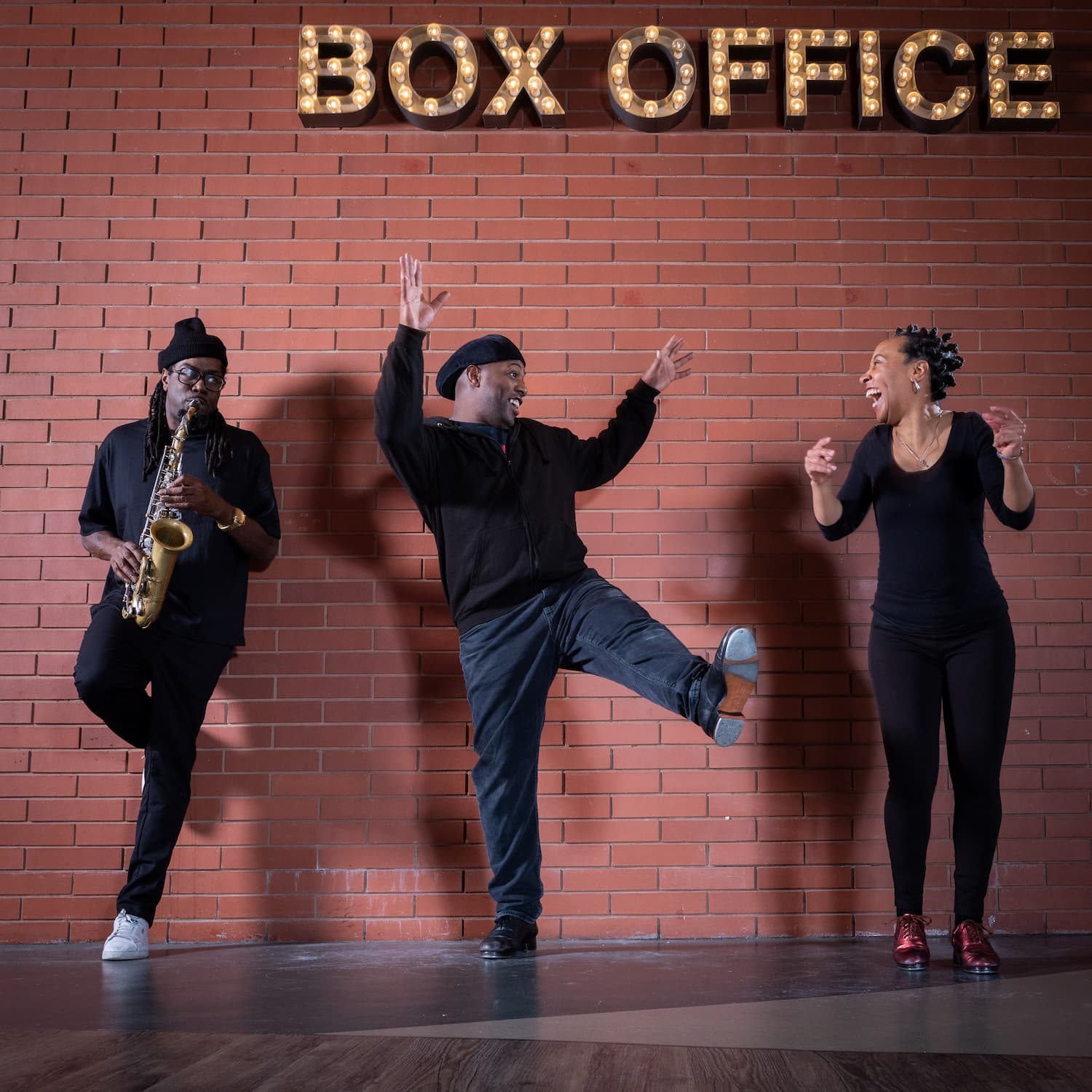 Soweto Kinch, Lee Payne, Annette Walker. Photo by Stuart HollisHave you noticed any changes in the industry? If so, what?
Soweto Kinch, Lee Payne, Annette Walker. Photo by Stuart HollisHave you noticed any changes in the industry? If so, what?
This is an interesting question. I recently wrote a paper for Antonio Cuyler’s anthology looking at African Diaspora Arts Management. The article looked at Black British arts and how the industry has been shaped by funding, social policy and national politics. I think that there are noticeable cycles, a rise and fall and rise again of Black-led arts in the UK.
You’ve been granted the ability to send a message to 16-year-old you. What do you say?
I would tell her not to give up, to be proud. There are lots of different paths to lead you to where you might want to be. Those paths themselves will be lessons and form part of the journey of where you want to go.
Do you have any advice for young people interested in doing your kind of job?
If something is not working for you and you are determined to get there, you will find another way. If a funder says no, look for other funders. If a venue turns you down, look for another space or create your own. If a collaborator is not interested, find people who are as passionate as you. Network and get out and meet people. The most important thing is to remain authentic to who you are, do not try to be something else.

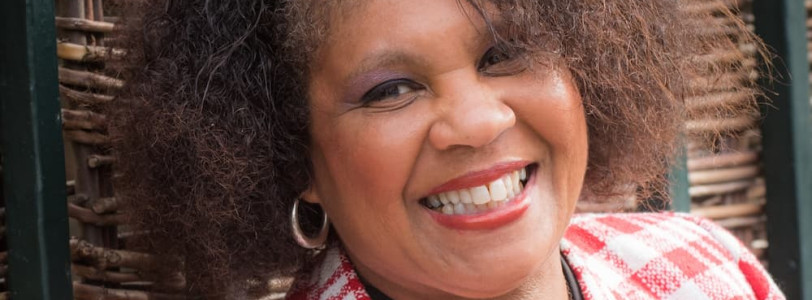
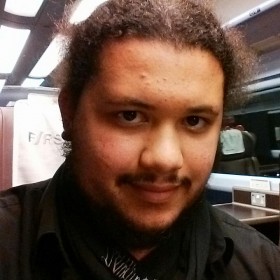

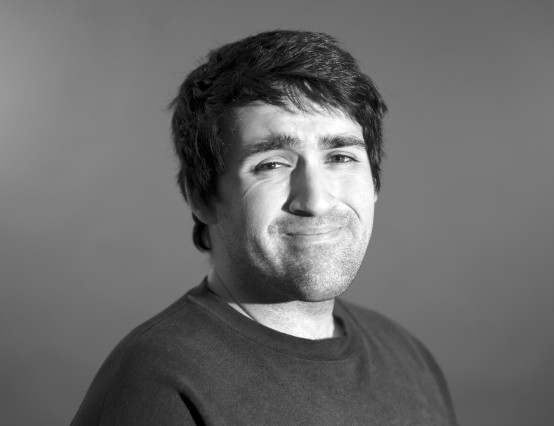
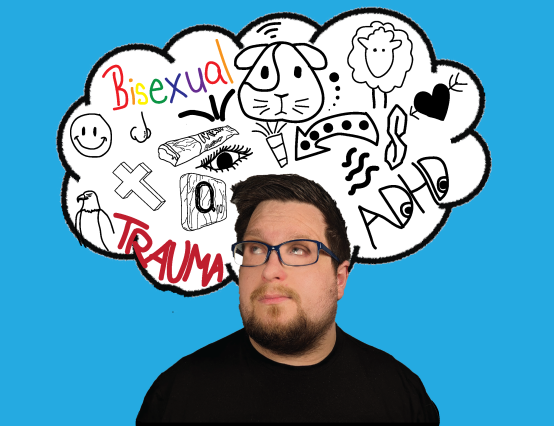


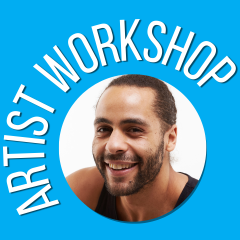
0 Comments